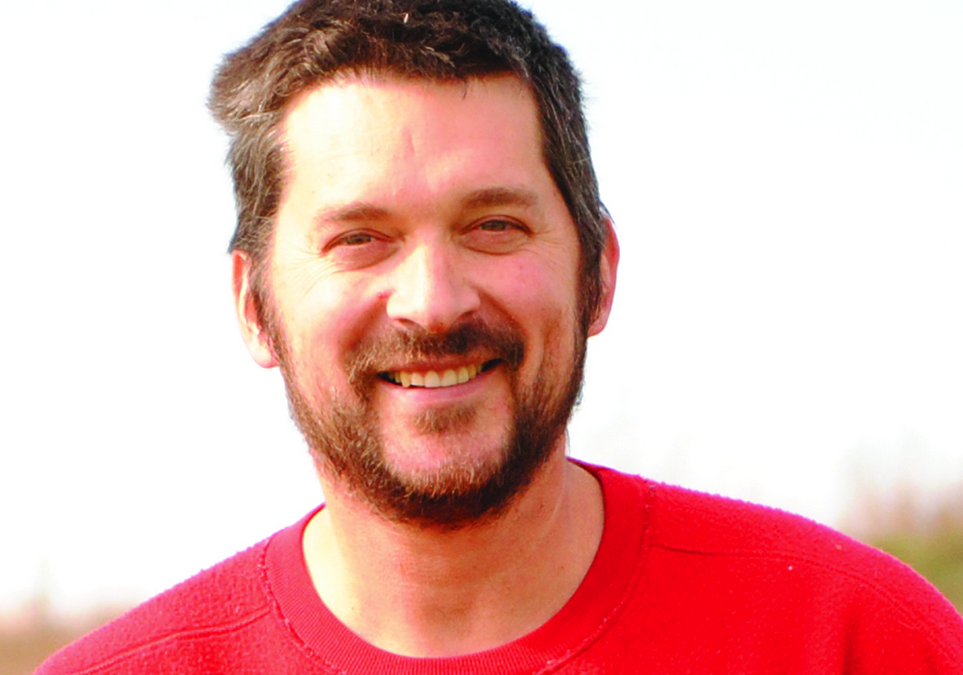
Gunthorp Farms
Gunthorp Farms
Greg Gunthorp, Gunthorp Farms, La Grange Indiana. Credit: Kristin Hess, Indiana Humanities, Food for Thought: An Indiana Harvest.
“
The weather appears slightly more variable, not significantly more, but slightly more variable. I was still farming with my dad during the severe drought in ’88. The drought in 2012 was worse, but I guess we were due for another one. I don’t know, but the weather does appear a little bit more variable. We’ve always had to deal with these weather extremes. It seems like we just have to deal with them a little more often.”
Greg Gunthorp
Gunthorp Farms
Website: https://gunthorpfarms.com
Midwest Region | LaGrange, IN
Main Product: Livestock
Scale: 225 acres under management
Shift to on-farm processing and direct marketing, multi-species pastured livestock, on-farm charcuterie.
Story featured in Resilient Agriculture (1st Edition)
This story is based on a 2013 interview.
Greg Gunthorp has been raising pigs for as long as he can remember on his family farm near LaGrange, Indiana. The Gunthorp family has always raised pigs on pasture, resisting pressure to modernize when confined animal production really took off in the pork industry in the 1980s. Just after Greg and his wife Lei took over the family pork operation in 1995, pig prices hit historic lows following an especially intense period of consolidation in the industry. At that time, with pork processors paying fourteen cents a pound for live hogs, Greg found himself selling hogs for less than his grandfather had decades ago.
Greg did not want to be the last in a long line of Gunthorps to grow pigs, so he began thinking about how to reach higher-value markets. Greg believed that the growing consumer interest in local foods and pasture-raised meats on both coasts would eventually spread to the Midwest. Greg knew he could raise high-quality pork on pasture and he knew he could market it. He also knew access to processing would be a challenge, because of the concentration in the pork industry. So in 2002, Greg built a USDA-inspected processing plant on his farm, one of only a handful in the country.
Today, Greg grows and processes pasture-based pork and poultry on 225 acres of farmland managed as perennial pasture, annual forages and grain crops. Pork and poultry are outside year-round and are protected with portable huts and electric netting. The livestock are rotated through pastures, the forage and grain crops, and a small woodland. Feed grains are grown on the farm or sourced from neighboring farms, including those of his parents and a brother. The woodland and standing corn also provide some shelter and forage for the pigs in late fall and winter and Greg encourages mulberries in the woodlands and along fence lines because of the high feed value of the fruit.
The Gunthorp Farms production system is designed to work with seasonal weather patterns. “We try not to start too early in the spring on the birds,” Greg explains, “and we don’t go way too late into the fall because of how difficult it becomes for us to make sure that they’ve got water. We try to focus production during the time of year when the pasture and forages are growing well so that the animals are on better pasture. We try to time our production to what nature does.” Greg views the high soil quality on his farm as an additional plus for production as well as a buffer against more variable rainfall. “We raise a few crops, but our soils are relatively high in organic matter, even though we’ve got sandy soils, because we have so much pasture. Our soils are more resilient to heavy rainfalls and more erratic rainfall patterns.”
Although the processing plant has been the key to the success of Gunthorp Farms, Greg admits it is a lot to manage at times. “I always tell people we really have three businesses,” he says. “We have a farm, a processing plant and a meat distribution company. In order for our model to be successful, all three of them have to function relatively efficiently and work together. We slaughter and process our own pigs, chicken, ducks and turkeys. Depending on the time of year, we have eight to twelve full-time employees for our processing plant. We do slaughter, raw fabrications of chops, roasts, steaks, chicken breast and primals. We also do ground products and sausages. We have a smokehouse and we do our bacon in there, as well as some smoked hocks, a few smoked hams and smoked sausages.” Greg also does some custom slaughtering for other local livestock producers on occasion. Gunthorp Farms meats are direct marketed through an on-farm store and weekly deliveries to more than 150 high-end restaurants and meat markets in Chicago, Indianapolis and Detroit.
The processing plant has a number of energy and environmental conservation features, including a constructed wetland for wastewater treatment, solar thermal preheating for the hot water used in processing, heat recovery from the refrigeration units and geothermal space heating. Solid waste from the processing plant is composted with crop residues and returned to the pastures and croplands. Greg is pleased with his efforts to recycle wastes and conserve energy in the processing plant. “We really work on it,” he says. “We’re doing a few interesting things. It’s kind of neat actually and it is a lot of fun. I like to play around with alternative energies.”
Thinking about weather challenges, Greg says that extreme weather is pretty much a normal part of farming in his region. “Blizzards would definitely be on the list of weather challenges,” he says, “along with drought, summer heat waves and very heavy rains. Excessively high winds can make it hard to keep our shelters from flying away, but blizzards top the list, because they can make it really difficult to get to the animals and make sure that they have feed, water and a dry, draft-free place to sleep. It’s more the getting to them than anything, because the snow and then the drifting snow can cause us to get stuck going out there. Then it gets cold enough that you can only stay out in it for a little bit.”
Although Greg thinks other farmers believe the weather has become more variable over the last decade or so, he can’t say that he has noticed any significant changes in patterns over his lifetime; however, he does think the spring warm-up pattern seems to be changing. “My grandpa’s rule of thumb was you didn’t throw pigs out on pasture until the last week of April because you might get a little bit of snow after that, but it wasn’t going to stick,” explains Greg. “And that is still somewhat consistent. I remember growing up, when I was really little, my grandpa always said you ‘freeze the frogs three times.’ He meant that after the frogs started singing in the spring you would get a thin layer of ice on the mud puddles and the ponds three more times. And this is the thing that is getting really weird right now. In the last twelve years, one year the frogs froze twenty-one times, and another year it was like twenty-three times. Otherwise, the frogs are just about always right on. Maybe the frogs know something we don’t.” Although some of these changes in weather have caught Greg’s attention, they have not required any changes in production practices at Gunthorp Farms.
Greg says that one of his biggest challenges with weather right now is longer and more intense summer and fall dry periods. He thinks this change may be connected to the increase in center-pivot irrigation in his region. “I’m 100 percent convinced that when all these guys around us turn on their center pivots, our rain becomes very, very intermittent,” says Greg. “It is almost like the rainfall just goes around us. I have no data to support it whatsoever, but I’m convinced that once they turn their center pivots on, the precipitation variability increases drastically. I think the humidity from the center pivots is changing the direction of fronts and precipitation. My dad used to say it all that time and lots of people used to think he was crazy, but there’s a lot more people starting to believe it.”
Thinking about the future, Greg is pretty optimistic about the continued success of Gunthorp Farms, mostly because of the high-quality natural resources in his region and on his farm. “I think we’re in a part of the country that is going to be one of the last places to be severely impacted by more weather variability,” he explains. “This is mostly because we have easy access to a lot of good-quality water. We don’t have the issues that the Western Corn Belt has with worrying about whether they’re going to end up running out of water.” In addition, Greg believes that the rolling landscape on his farm and the high-quality soils created by rotational grazing and diverse cropping help to buffer the farm from extreme weather events, as does his use of standing corn and woodlands to moderate extremes in temperatures and winds.
Greg also appreciates the accumulated wisdom developed by his family over many generations of raising pigs on pasture at Gunthorp Farms. “I think we know how to deal with weather variability in animal production,” Greg says. “We’ve always had thunderstorms. We’ve always had blizzards. We’ve always had high wind events, high rain events. We haven’t had them at the frequency that we have now, but we’ve always had them.”
Greg goes on to explain that pastured-based producers have a really different mindset compared to producers who raise animals indoors. “Pasture-based livestock producers had to build production systems that took weather into consideration from day one,” he says. “The people that put up confined livestock operations were the ones that never wanted to figure out how to deal with weather challenges in the first place. It’s a very different mindset when you are growing on pasture, because you’re managing a system that cooperates with nature rather than trying to just build something that works regardless of whatever nature does. It’s 180 degrees on the opposite end of the spectrum.”
Greg Gunthorp is active in sustainable agriculture and rural social justice issues and speaks regularly at agricultural conferences, particularly on pastured-livestock production and extreme concentration in the livestock industry, and has collaborated in research on his farm. Gunthorp Farms was profiled as one of sixty model U.S. sustainable farms and ranches in the USDA-SARE publication The New American Farmer: Profiles of Agricultural Innovation.

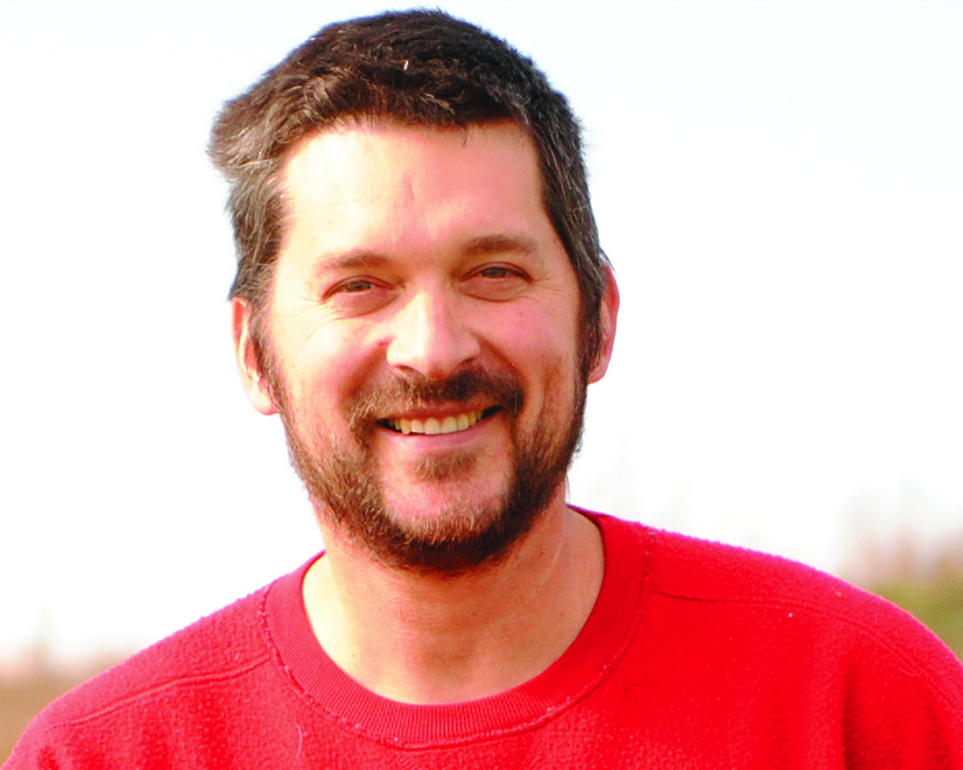
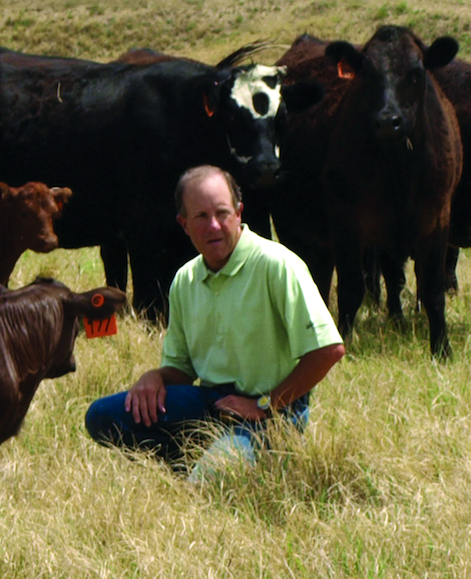
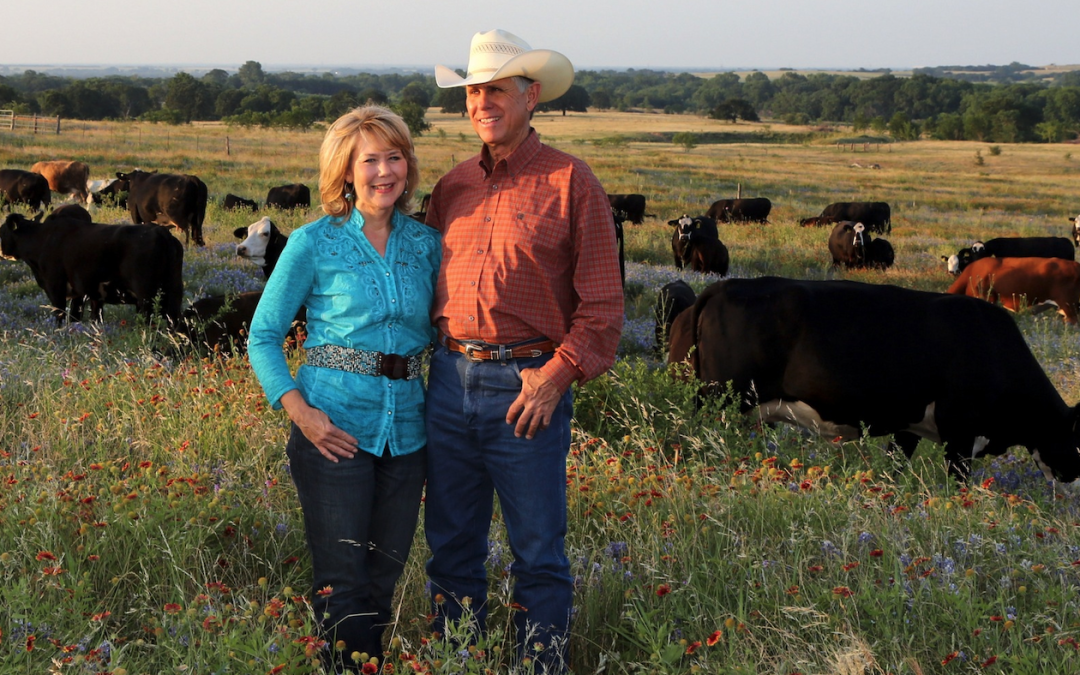
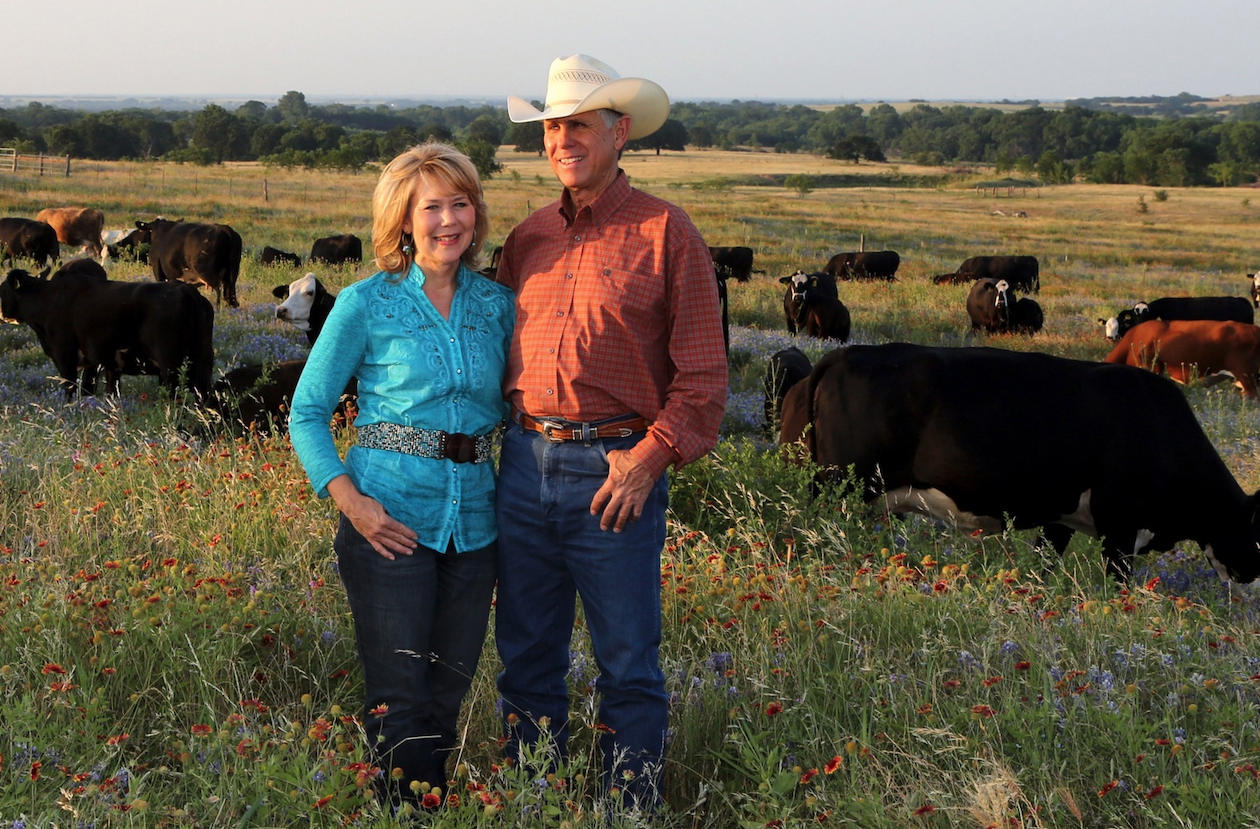
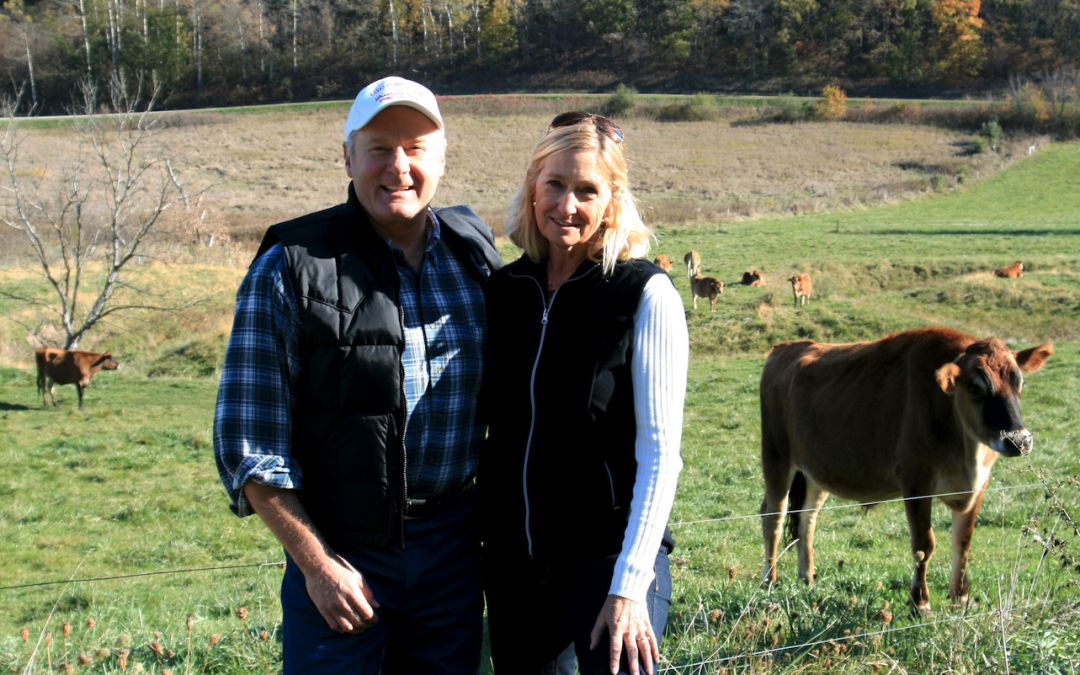
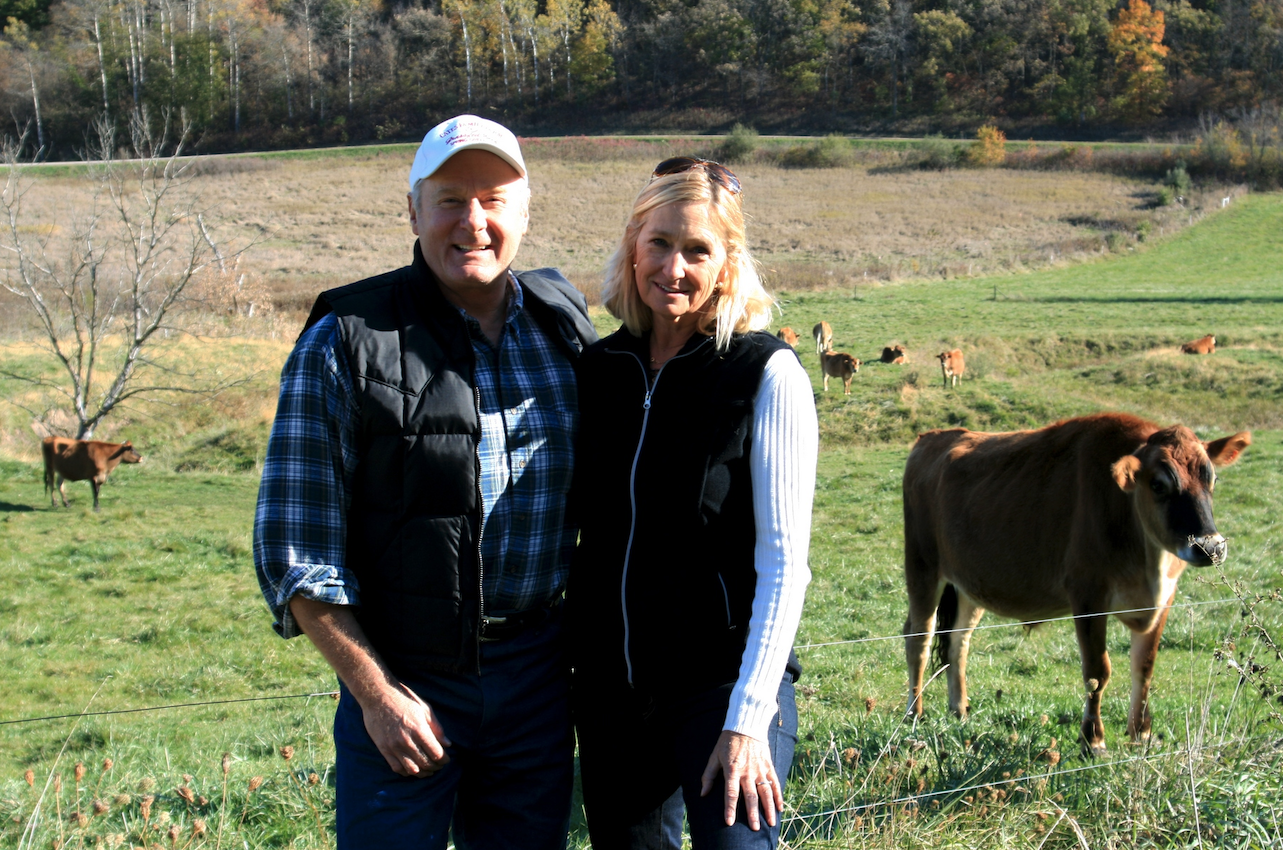
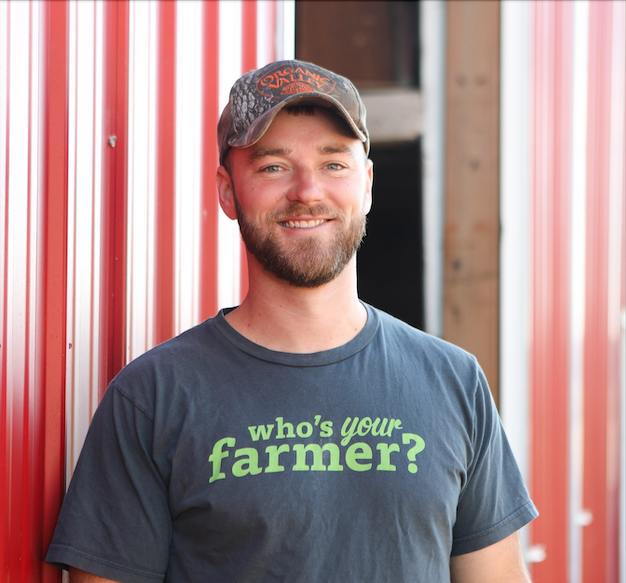
Recent Comments